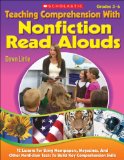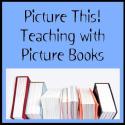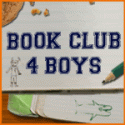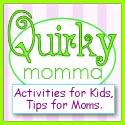I don’t usually review books here on Literacy Toolbox. Instead I tend to save book reviews for Picture This! Teaching with Picture Books. More often than not, as I read a picture book, I read it with an educator frame. In other words, how can I use this book in the classroom? And so, books I review tend to find themselves on my educator blog.
However, I have come across several books lately that I feel parents would find helpful as well. So, this month on Literacy Toolbox, I will share books or apps that I have recently read and/or played with my kids.
13 Words by Lemony Snicket
“> When I was offered the opportunity to review the book 13 Words
When I was offered the opportunity to review the book 13 Words by Lemony Snicket, I jumped! It sounded intriguing. Using only thirteen words, this master author wove a story that engages children. I wondered how it was possible to create something engaging with only thirteen words. Lemony Snicket did it. My original misunderstanding was that the author only used thirteen words. This is not the case. Instead, he introduces a new word on each page, and effectively weaves that new word into the story he has created.
Not only is13 Words engaging, but it teaches vocabulary, too. My seven year old read it aloud to me and we discussed several of the words he may not have known (panache, haberdashery, mezzo-soprano, and despondent). The wonderful thing about this book is that Snicket defined the words within the context of the story. So, though my son may not have known the word despondent prior to reading, he was able to pick up the meaning of the word through the context as well as the pictures. I, of course, took the opportunity to discuss the meaning of the words with him.
I would recommend reading this book with children in second grade or older. This is a fantastic book to introduce new vocabulary to your child. Additionally, there are many other ways you can use it in the classroom or at home if you so choose. Snicket has a way of circling the story back around. Therefore, it could be used as a model text for circular endings in writer’s workshop. Most obviously, this book can be used as a vocabulary enhancer and for use when discussing word choice with students. Check out Picture This! Teaching with Picture Books next month where I provide a lesson idea on how to use this book to enhance your Six Traits of Writing lessons for word choice.
Disclosure: We received this book to review from a publicist.
©2011 by Dawn Little for Literacy Toolbox. All Amazon links are affiliate links and may result in my receiving a small commission. This is at no additional cost to you.







